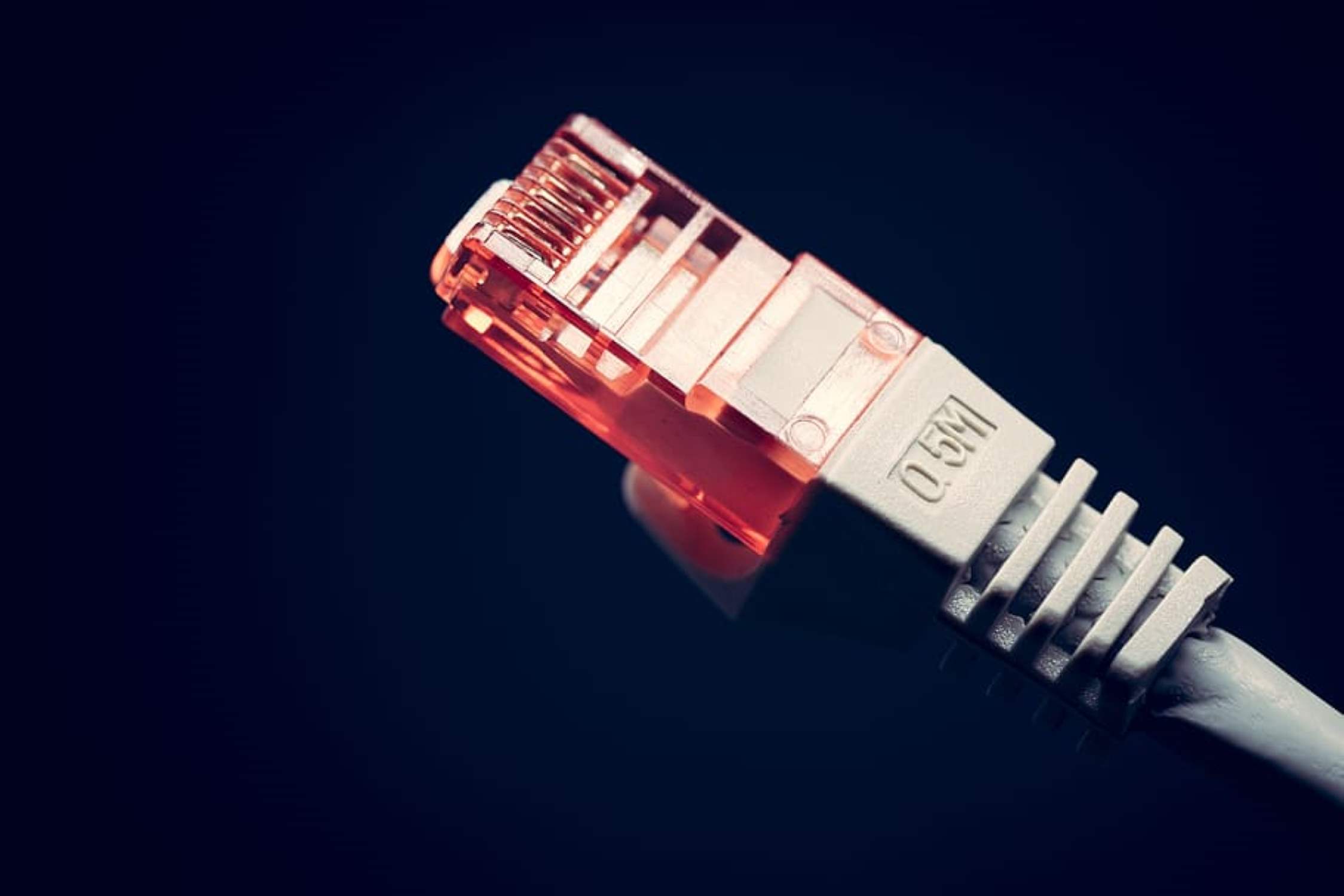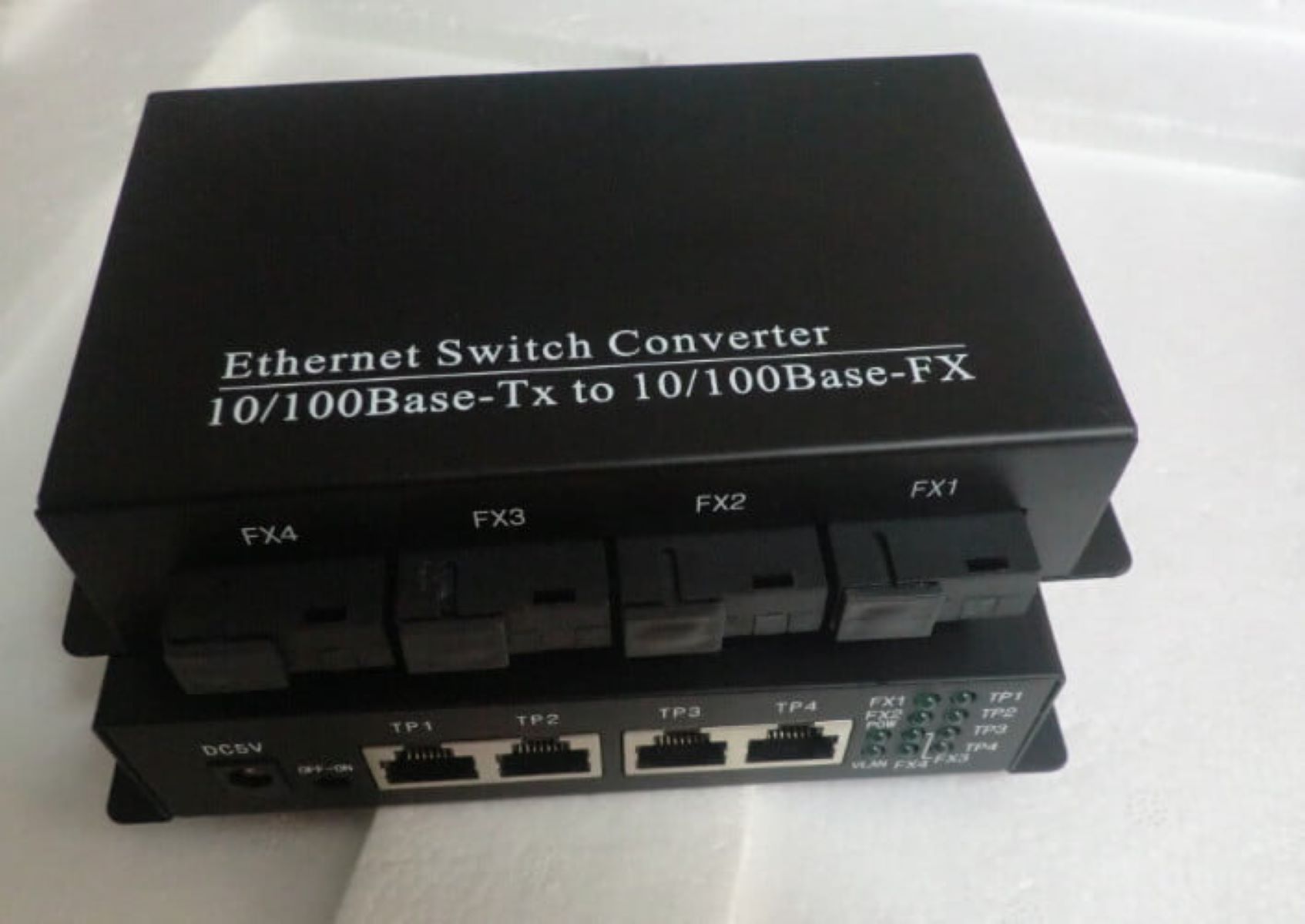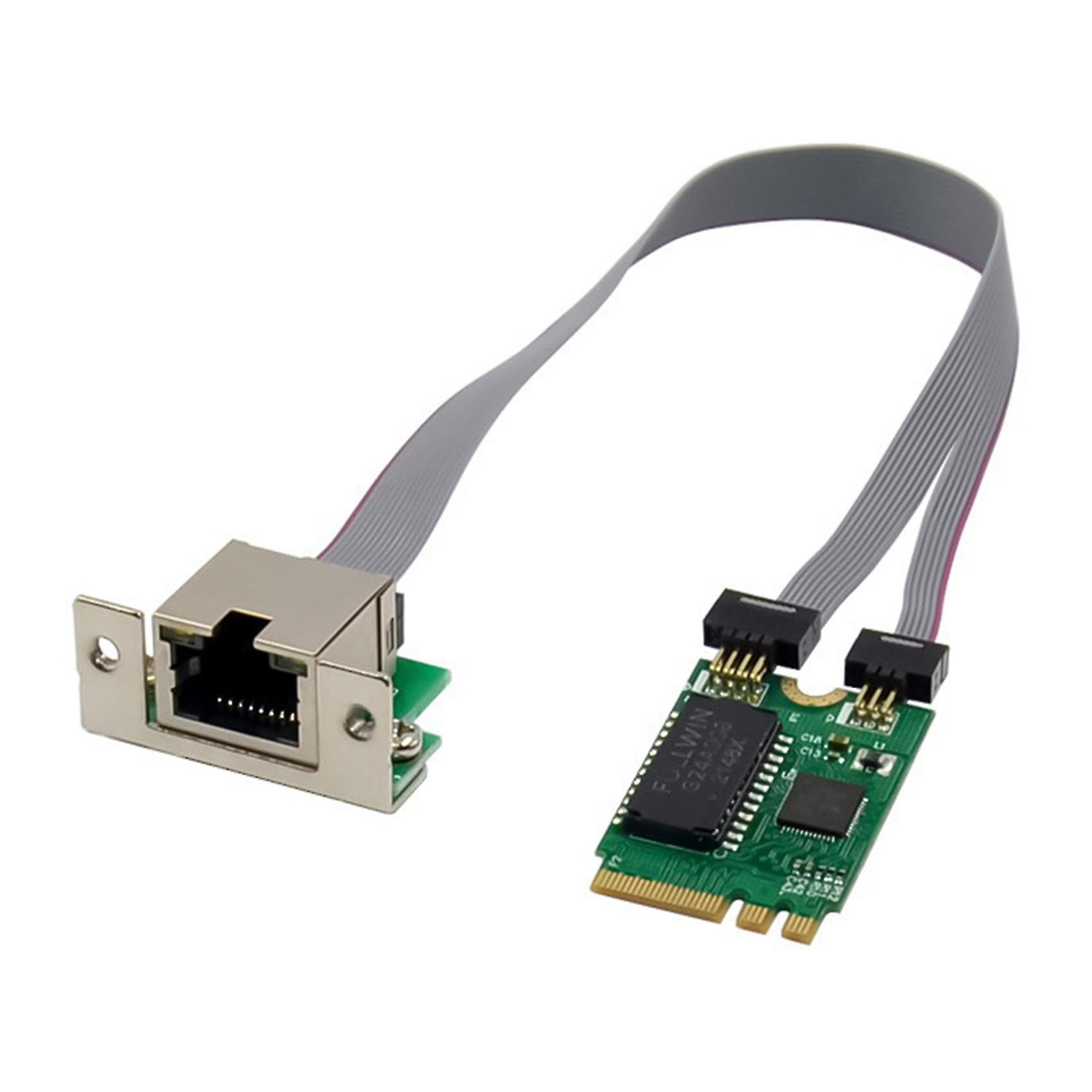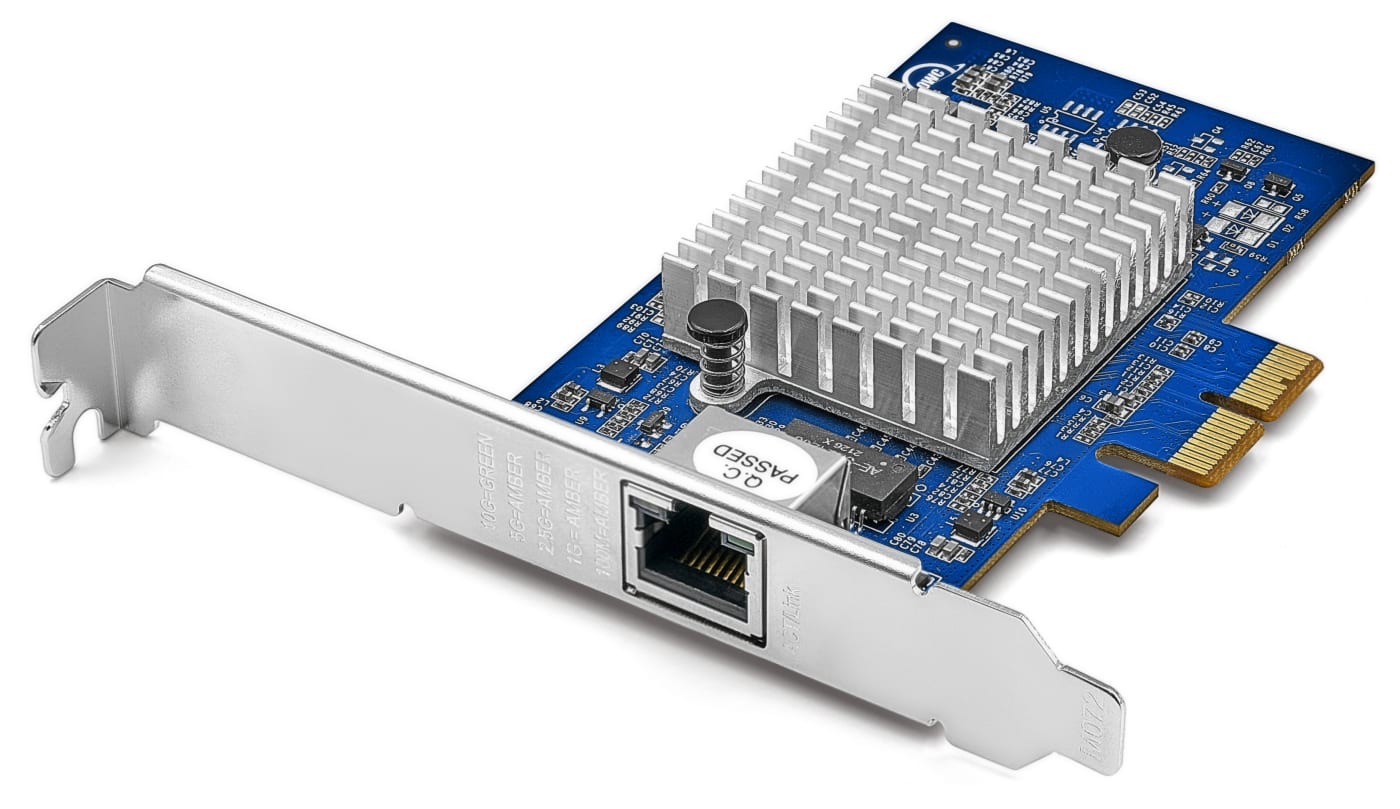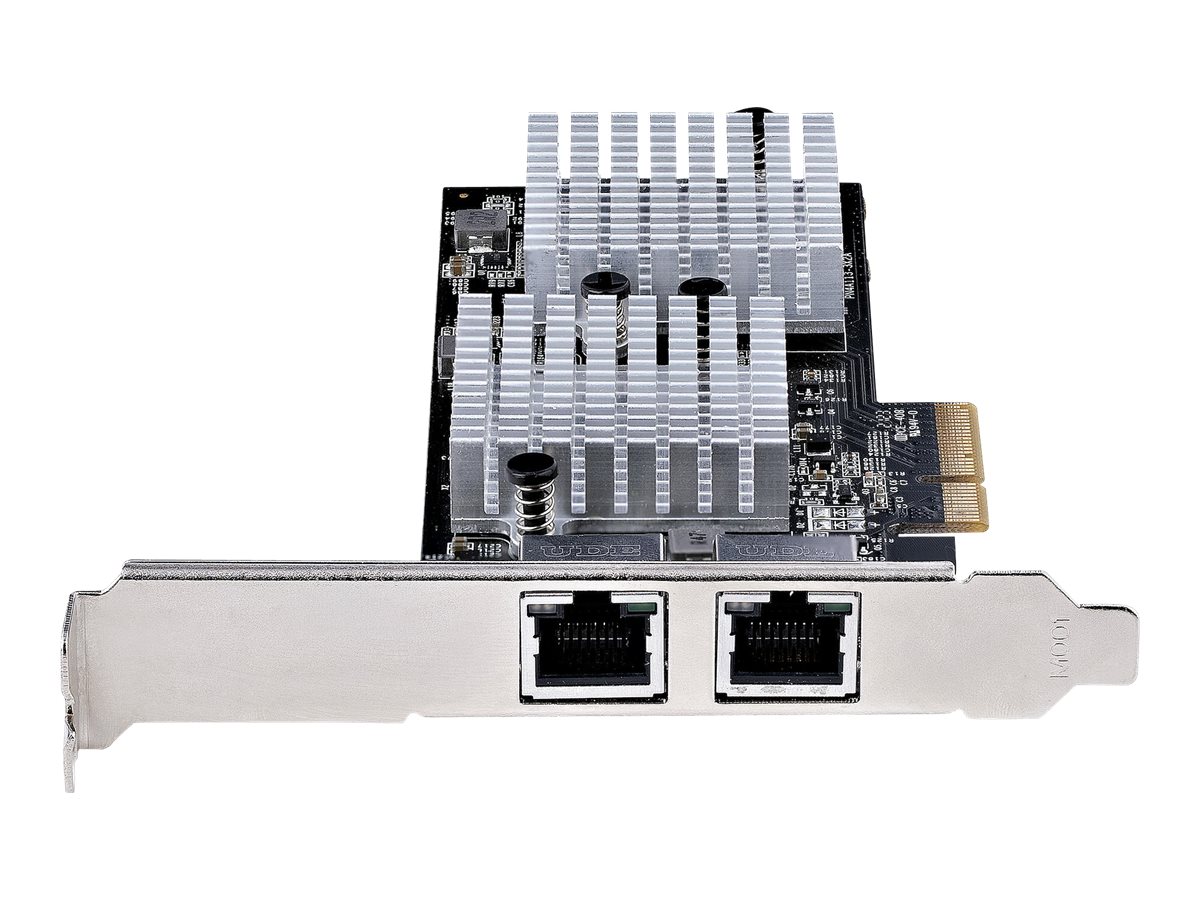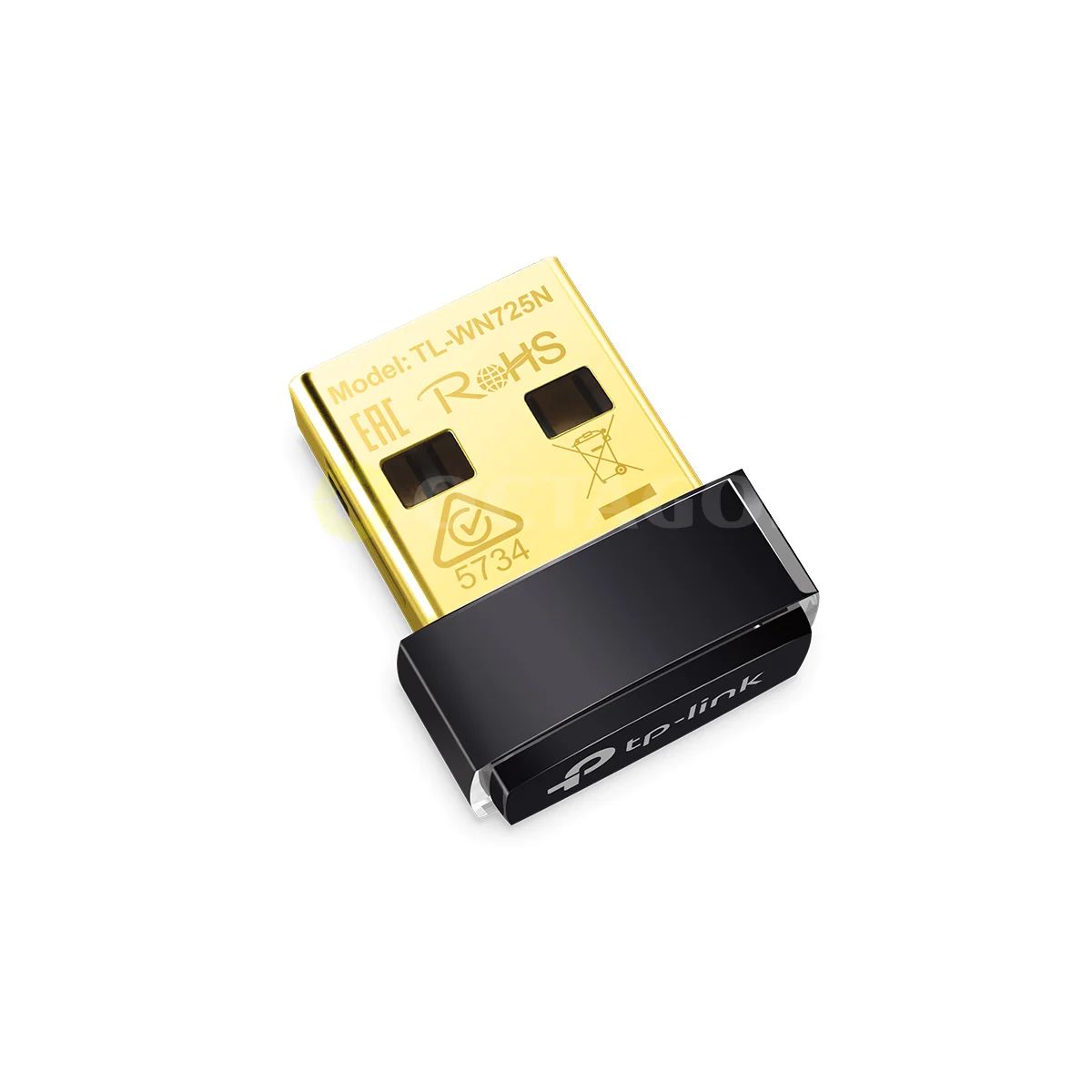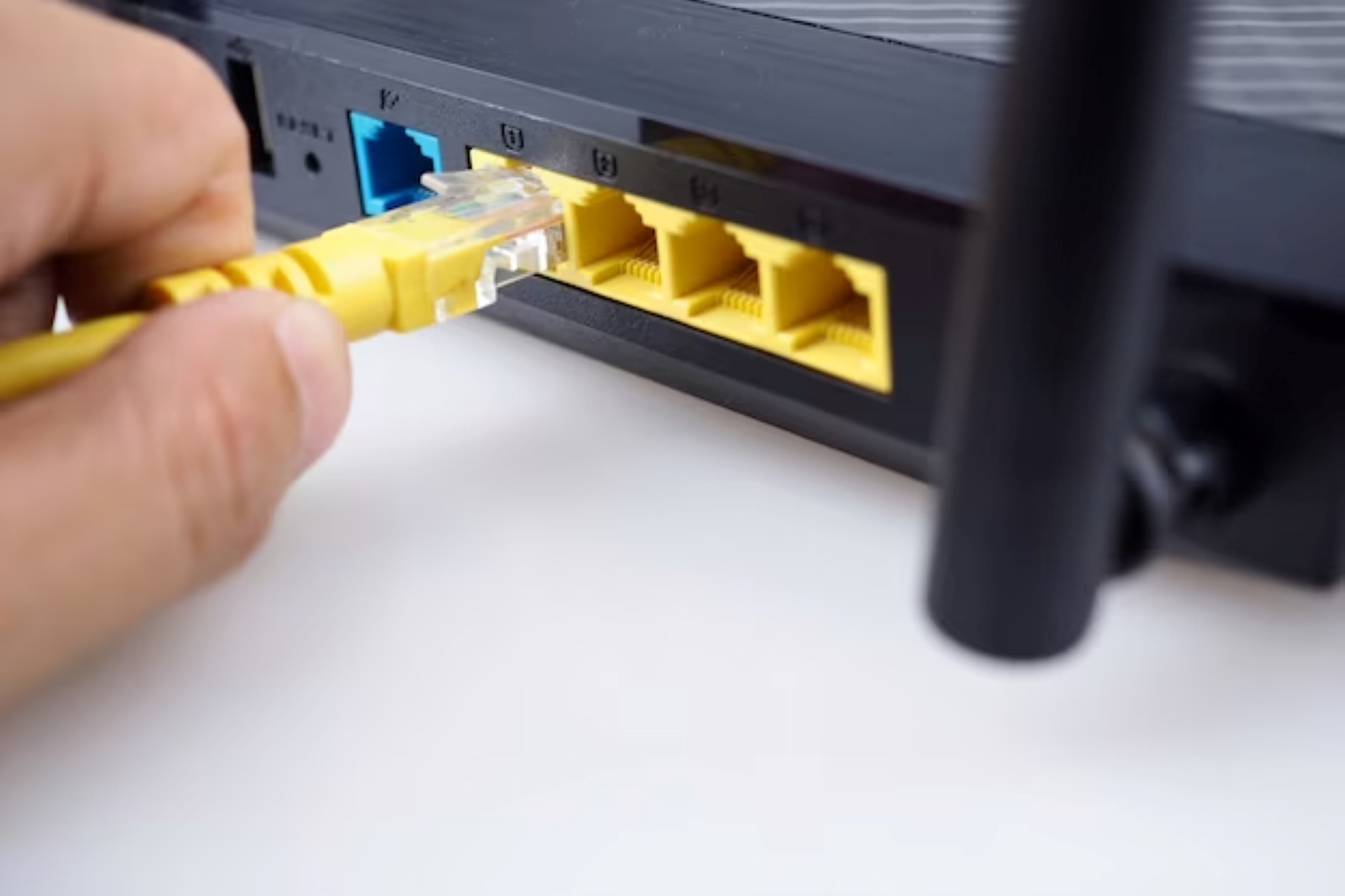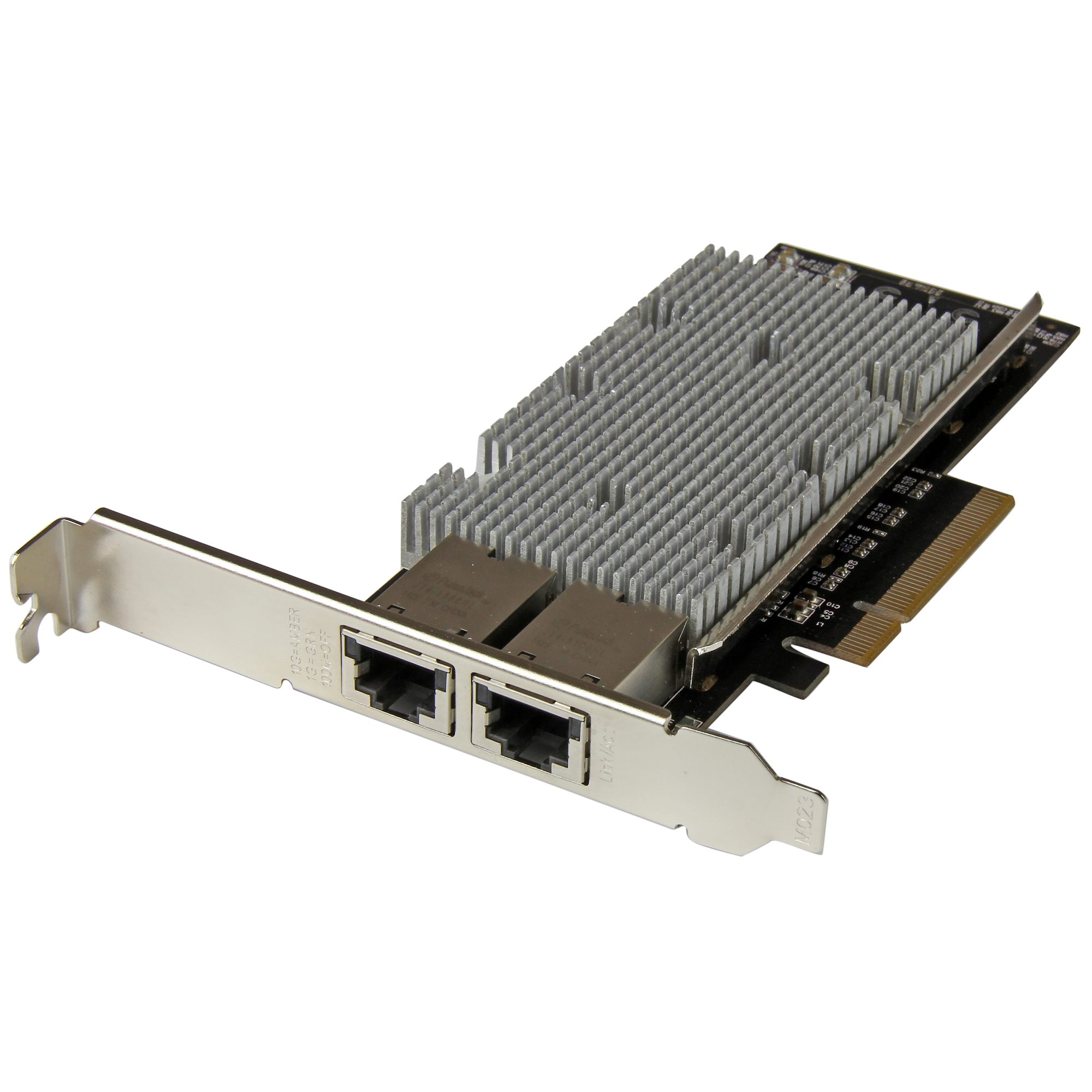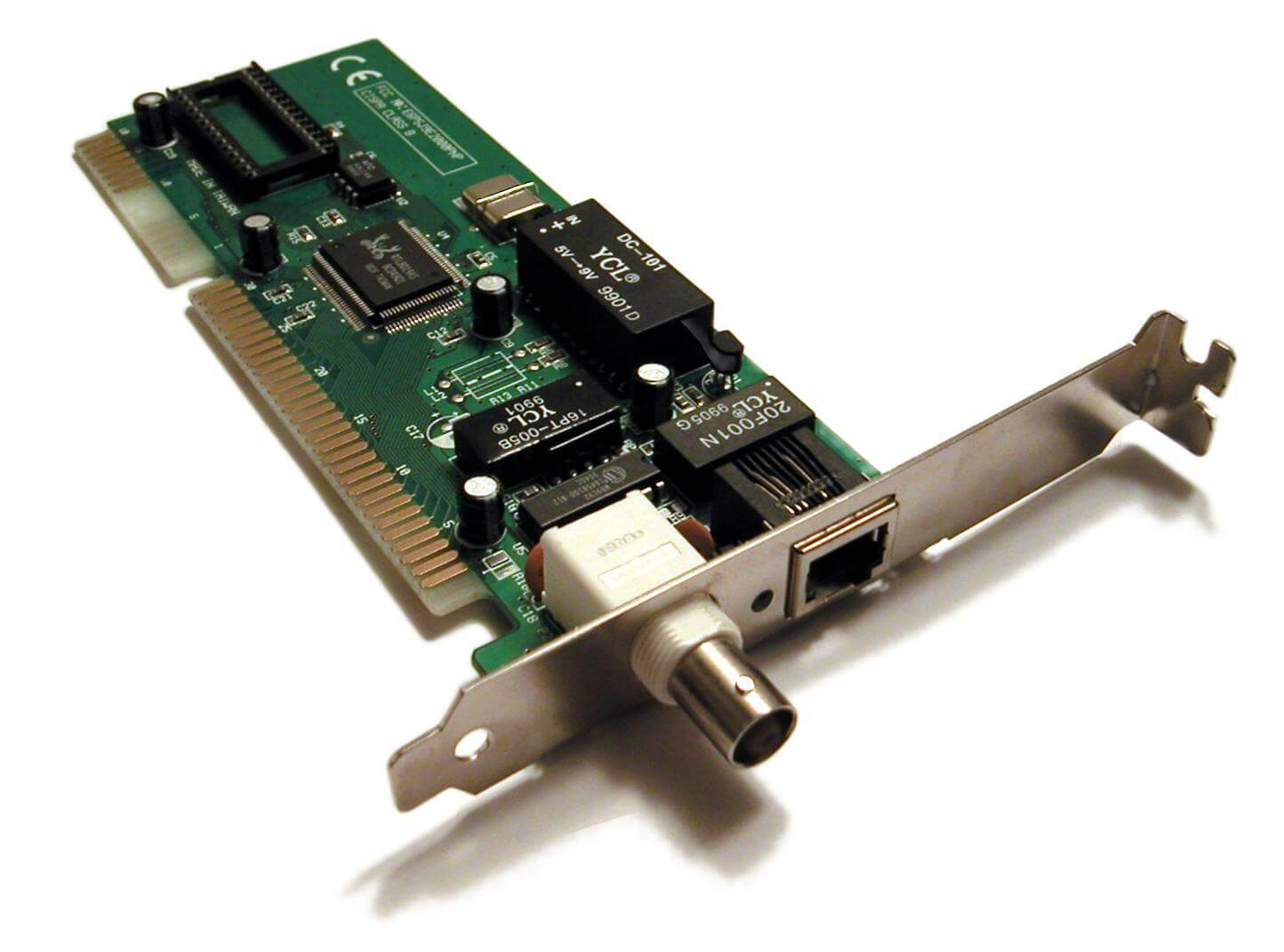Introduction
Welcome to the world of Ethernet networking! If you’ve ever wondered why your network connection is not performing up to its full potential, one possible explanation could be the configuration of your Ethernet Network Interface Card (NIC). In some cases, the NIC may be set to operate in half-duplex mode, which can significantly impact network performance.
Understanding the concept of half-duplex and its implications is essential for anyone troubleshooting or managing a network infrastructure. This article aims to shed light on the subject, explaining what half-duplex is, why a NIC might be configured to use it, and how it can affect network performance. We will also discuss the common signs of a half-duplex configuration and provide insights on how to check and reconfigure your Ethernet NIC for full-duplex operation.
By the end of this article, you will have a clearer understanding of the intricacies of half-duplex Ethernet NIC configurations and be equipped with the knowledge and tools necessary to optimize your network’s performance.
What is half-duplex?
To understand half-duplex, we first need to grasp the concept of duplex communication. In networking terminology, duplex refers to the ability of a communication channel to transmit and receive data simultaneously. There are two types of duplex modes: half-duplex and full-duplex.
Half-duplex mode allows data to be transmitted and received, but not simultaneously. It means that when a device is sending data, it cannot receive data at the same time. Similarly, when it is receiving, it cannot transmit. Imagine two people speaking on a walkie-talkie; only one person can talk at a time. This is the essence of half-duplex communication.
On the other hand, full-duplex mode enables simultaneous two-way communication, meaning that data can be transmitted and received simultaneously. This is similar to a telephone conversation where both parties can talk and listen at the same time. Full-duplex communication offers improved efficiency and performance as compared to half-duplex.
In Ethernet networking, half-duplex and full-duplex are configured on the NICs to determine how data is transmitted and received. In a half-duplex configuration, the NIC can either send or receive data, but not both simultaneously. This is achieved through the use of a collision detection mechanism, where the NIC listens for traffic on the network and waits for a clear channel before transmitting its data to avoid collisions.
It is worth mentioning that half-duplex mode is relatively older and less commonly used in modern Ethernet networks. Full-duplex mode is the preferred configuration as it provides faster and more efficient data transmission. However, some older network devices or specific network configurations may still require the use of half-duplex mode.
Why would an Ethernet NIC be configured to use half-duplex?
Although full-duplex mode is generally preferred for Ethernet networking, there are specific scenarios where configuring an Ethernet NIC to use half-duplex may be necessary or beneficial. Here are some reasons why this configuration might be employed:
- Compatibility: In some cases, compatibility issues between different network devices or older networking equipment may necessitate the use of half-duplex mode. If certain devices are only capable of operating in half-duplex mode, configuring the NICs to match can help maintain connectivity.
- Legacy Network Infrastructure: Older network infrastructure that was built around half-duplex communication might require the NICs to be configured accordingly. This is often the case for networks that have not been upgraded or modernized.
- Bandwidth Limitations: In situations where network bandwidth is limited or scarce, using half-duplex mode can help manage resources more effectively. By allowing devices to take turns transmitting and receiving data, half-duplex can prevent congestion and improve network stability.
- Cost-Effective Solutions: Some network installations may have budget constraints, and full-duplex network equipment can be more expensive than half-duplex counterparts. In such cases, configuring NICs for half-duplex operation can provide a cost-effective solution without compromising functionality.
- Security Considerations: In certain security-sensitive environments, configuring NICs for half-duplex can help reduce the risk of unauthorized data interception. By limiting simultaneous transmissions, it becomes more challenging for potential eavesdroppers to intercept sensitive information.
It is important to note that while there are valid reasons for using half-duplex configuration, it typically comes with a trade-off in terms of network performance. Full-duplex mode offers faster and more efficient data transmission, making it the preferred choice for most modern networks. However, in specific circumstances where compatibility or other considerations come into play, half-duplex configuration may be necessary.
How does half-duplex affect network performance?
The choice between half-duplex and full-duplex mode can have a significant impact on network performance. While half-duplex mode may have its use cases, it is generally considered less efficient than full-duplex. Here are the ways in which half-duplex can affect network performance:
- Lower Bandwidth: In half-duplex mode, devices take turns transmitting and receiving data. This limitation effectively cuts the available bandwidth in half. While one device is transmitting, other devices must wait, leading to slower overall data transfer rates compared to full-duplex mode.
- Increased Latency: With half-duplex, there is a delay between the transmission and reception of data. This latency can induce longer response times, affecting real-time applications such as VoIP, video conferencing, and online gaming. The added delay can also impact network performance for applications that rely on quick data exchanges.
- Potential for Data Collisions: In half-duplex, devices on the same network segment share the same communication channel. Without proper collision detection and avoidance measures, collisions can occur if two devices attempt to transmit simultaneously. Collisions lead to data retransmissions, reducing overall network efficiency and potentially causing packet loss.
- Inefficient Network Utilization: Half-duplex devices rely on a carrier sensing mechanism to detect if the communication channel is clear before transmitting. This mechanism introduces wait times, resulting in increased idle periods and reduced utilization of the network’s available bandwidth.
- Impacts Scalability: Half-duplex networks can experience scalability challenges due to increased collisions and limited bandwidth. As the number of devices on the network increases, the chance of data collisions also rises, leading to decreased performance and network congestion.
It is important to keep in mind that not all networks or applications require the maximum performance offered by full-duplex. In some cases, where network traffic is minimal or bandwidth is not a concern, the impact of half-duplex on performance may be negligible. However, for networks that require high-speed data transmission and low latency, full-duplex mode is generally the recommended configuration to maximize performance.
Common signs of half-duplex configuration
Identifying whether your Ethernet NIC is configured to use half-duplex is crucial for optimizing network performance. Here are some common signs that can indicate a half-duplex configuration:
- Slow Network Speed: If you notice significantly slower network speeds than your expected bandwidth, it could be an indication of a half-duplex configuration. The limited bandwidth available in half-duplex mode can result in reduced network performance and slower data transfer rates.
- High Network Latency: In a half-duplex configuration, the latency between transmitting and receiving data increases due to the shared communication channel. If you experience high network latency during activities such as online gaming, video streaming, or VoIP calls, it could be a sign of half-duplex configuration.
- Frequent Network Collisions: Collisions occur when two devices attempt to transmit data simultaneously on a shared communication channel. If you notice a higher incidence of network collisions or see error messages related to collisions, it may indicate a half-duplex configuration.
- Network Congestion: Half-duplex operation limits the overall efficiency and utilization of network bandwidth. As a result, network congestion can occur more frequently, leading to slower data transmission, packet loss, and degraded network performance.
- Performance Issues during Simultaneous Data Transfer: When multiple devices attempt to transmit data simultaneously in half-duplex mode, performance issues may arise. These can manifest as data transfer delays or interruptions, especially when multiple users are accessing the network simultaneously.
Remember that these signs alone may not definitively determine a half-duplex configuration. Network performance can be affected by various factors, and it is essential to conduct a thorough investigation to confirm the actual configuration of the Ethernet NIC. Checking the NIC’s configuration settings and running diagnostic tests can help provide a more accurate assessment.
If you observe any of these signs, it may be necessary to investigate further and consider reconfiguring your Ethernet NIC for full-duplex operation to improve network performance and resolve any issues caused by the half-duplex configuration.
How to check if your Ethernet NIC is configured for half-duplex
Determining whether your Ethernet NIC is configured for half-duplex mode is an important step in troubleshooting network performance issues. Fortunately, there are several methods you can use to check the configuration. Here’s how you can do it:
- Inspect Network Interface Settings: Begin by accessing your computer’s network interface settings. On Windows, you can do this by opening the Network Connections window and right-clicking on the Ethernet adapter, then selecting “Properties” or “Status” to view the adapter settings. Look for any explicit mention of half-duplex or full-duplex configuration.
- Use Command Line Tools: Another way to check the duplex configuration is by using command line tools. On Windows, open the Command Prompt and type the command “ipconfig /all” to display the network adapter information. Look for the “Duplex” or “Link Speed” field, which should indicate whether the adapter is set to half-duplex or full-duplex.
- Consult Device Manager: Device Manager provides detailed information about the installed hardware on your computer. To access it on Windows, right-click on the “Start” menu, select “Device Manager,” and locate the network adapter under the “Network adapters” section. Double-click on the adapter to view its properties, and check for any duplex-related settings.
- Using Third-Party Network Tools: Various third-party network diagnostic tools can provide detailed information about your network adapter configuration. These tools can display the duplex mode, link speed, and other relevant information. Examples include software like Wireshark, NetCrunch, or vendor-specific diagnostic tools provided by your network adapter manufacturer.
By utilizing any of these methods, you can determine if your Ethernet NIC is configured for half-duplex mode. It is important to check this configuration setting as it can significantly impact network performance. If you find that your NIC is indeed set to half-duplex, it may be necessary to reconfigure it for full-duplex operation to maximize network efficiency and resolve any performance issues.
Steps to reconfigure Ethernet NIC to use full-duplex
If you have determined that your Ethernet NIC is currently configured for half-duplex mode and you want to improve network performance by utilizing full-duplex, you can follow these steps to reconfigure your NIC:
- Access Network Interface Settings: Begin by opening the network interface settings on your computer. On Windows, navigate to the Network Connections window by right-clicking on the Start menu and selecting “Network Connections.”
- Identify the Ethernet Adapter: Locate the Ethernet adapter that you want to reconfigure for full-duplex operation. Right-click on the adapter and select “Properties.”
- Navigate to the Advanced Settings: In the adapter properties window, look for the “Advanced” tab. Click on it to access the advanced settings for the network adapter.
- Find Duplex Mode: In the list of advanced settings, look for an option related to “Duplex Mode.” The exact name may vary depending on the NIC and driver. Common options include “Duplex,” “Link Speed,” or “Connection Type.”
- Change the Duplex Setting: Depending on the current configuration, the duplex setting may be set to “Auto,” “Half-Duplex,” or “10 Mbps.” To switch to full-duplex, select the appropriate option that reflects full-duplex or “Auto Negotiation.” Save the changes by clicking “OK.”
- Restart the Network Adapter: To ensure that the changes take effect, it is recommended to disable and enable the Ethernet adapter. Right-click on the adapter in the Network Connections window and select “Disable.” Wait for a few seconds, right-click again, and select “Enable.”
- Verify the Configuration: Once the adapter is re-enabled, confirm that the changes have been applied. Use the methods mentioned earlier, such as inspecting the network interface settings or using command line tools, to check that the network adapter is now configured for full-duplex operation.
By following these steps, you can reconfigure your Ethernet NIC to use full-duplex mode. It is important to note that not all network adapters or drivers may allow the configuration change, especially for older or incompatible hardware. In such cases, consult the documentation or support resources provided by the network adapter manufacturer or consider upgrading to a newer NIC that supports full-duplex operation.
Conclusion
Understanding the configuration of your Ethernet Network Interface Card (NIC) and its impact on network performance is crucial for maintaining a reliable and efficient network infrastructure. The choice between half-duplex and full-duplex modes can significantly affect data transfer rates, latency, and overall network efficiency.
In this article, we explored the concept of half-duplex and its implications. We discussed the reasons why an Ethernet NIC might be configured for half-duplex, such as compatibility issues, legacy infrastructure, and cost considerations. We also examined the effects of half-duplex on network performance, including reduced bandwidth, increased latency, and potential data collisions.
We covered common signs that may indicate a half-duplex configuration, such as slow network speeds, high latency, frequent collisions, and network congestion. Additionally, we provided steps for checking the configuration of your Ethernet NIC and reconfiguring it for full-duplex mode, when necessary, to enhance network performance.
Remember, while half-duplex configurations may have their use cases, full-duplex is generally the preferred option, offering faster and more efficient data transmission. However, it is essential to consider factors like compatibility, network requirements, and budget constraints when deciding on the appropriate configuration.
By understanding and implementing the appropriate duplex mode for your network, you can optimize performance, reduce latency, minimize data collisions, and ensure a smoother and more reliable network experience for all users.







